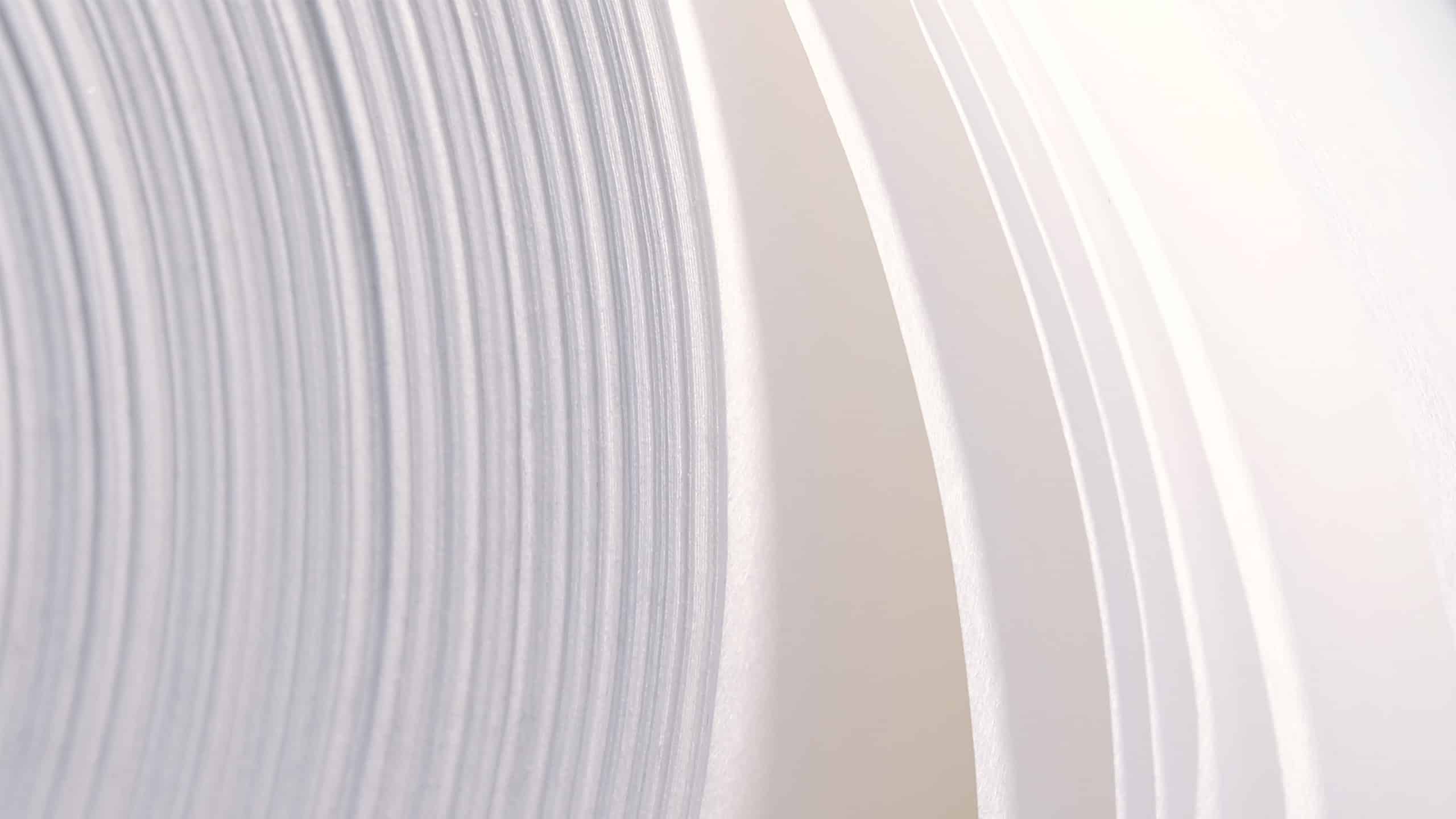How do Paptic® garment bags enhance the unboxing experience?

Understanding Paptic’s unique material
Paptic’s innovative approach to packaging is rooted in its distinctive fibre-based materials, seamlessly blending the advantages of paper, plastic, and textiles. This hybrid material is remarkable for its durability, flexibility, and softness, providing an eco-friendly alternative that enhances the potential of recyclable garment bags. Unlike traditional fibre-based solutions, Paptic’s materials offer a textile-like feel, improving user experience without sacrificing strength or performance. These qualities make Paptic an attractive option for brands striving to incorporate sustainability into their packaging strategies, aligning with principles advocated by the Confederation of European Paper Industries (CEPI).
The core components of Paptic’s materials are renewable wood fibres, responsibly sourced from sustainably managed forests. According to CEPI, such forests are maintained through practices like selective logging, replanting, and biodiversity conservation, safeguarding ecological balance. This responsible sourcing not only supports environmental sustainability but also allows Paptic to produce materials that are both recyclable and reusable, reinforcing the company’s dedication to sustainable packaging solutions.
Sustainability in packaging
Paptic garment bags significantly advance sustainability efforts by decreasing reliance on conventional materials such as plastic. The environmental benefits of fibre-based solutions are extensive, including reduced carbon footprints and diminished plastic waste, as highlighted by reports from the European Environment Agency. By adopting Paptic, companies can align their packaging strategies with broader environmental objectives, showcasing a commitment to minimizing environmental impact.
Our commitment to sustainability extends beyond materials. We prioritize responsible sourcing and environmental mindfulness in every production aspect. By obtaining materials from sustainably managed forests, we ensure our products positively contribute to ecological preservation. This approach not only aids in combating climate change but also supports the circular economy, promoting the reuse and recycling of packaging materials, in line with CEPI guidelines.
Enhancing the unboxing experience
The tactile qualities of Paptic garment bags, such as their texture and durability, are crucial in elevating the unboxing experience. The soft and silent nature of the material offers a unique sensory experience, making unboxing more enjoyable for consumers. Such an experience leaves a lasting impression, adding intangible value to a brand’s offering and fostering positive customer relationships, as emphasized by CEPI’s focus on user-centered sustainable solutions.
Furthermore, Paptic garment bags are crafted to be visually appealing, with a premium look and feel that complements high-quality products. This not only enhances brand perception but also conveys a message of sustainability and environmental care. Brands utilizing Paptic for their packaging can thus distinguish themselves in a competitive market, appealing to consumers who prioritize eco-friendly practices.
Comparing Paptic to traditional options
Compared to conventional packaging options, Paptic garment bags offer distinct advantages in sustainability, aesthetics, and functionality. Unlike plastic, which substantially contributes to environmental degradation, Paptic materials are recyclable, reducing waste and fostering a sustainable lifecycle, as per European Parliament reports on plastic waste. Additionally, the aesthetic appeal of Paptic’s textile-like finish provides a superior alternative to basic paper or plastic bags, enhancing brand perception.
Functionality is another domain where Paptic excels. The strength and durability of these materials ensure they withstand transportation challenges without tearing, effectively safeguarding products. This reliability, combined with the compatibility of Paptic materials with existing machinery, makes it a practical option for businesses transitioning to more sustainable packaging solutions. Overall, Paptic garment bags embody a modern, responsible choice for companies aspiring to lead in sustainability and innovation, as advocated by CEPI and other environmental authorities.
